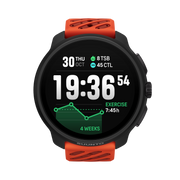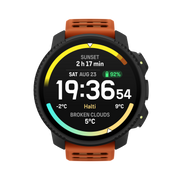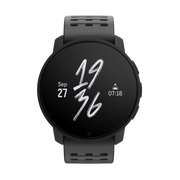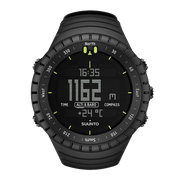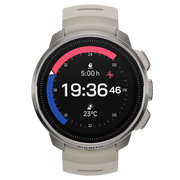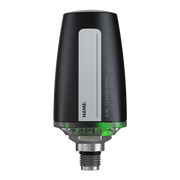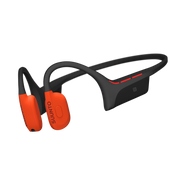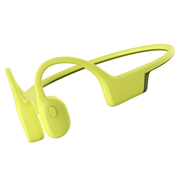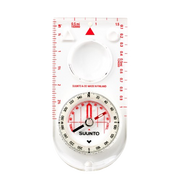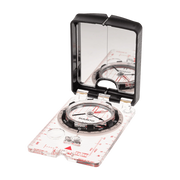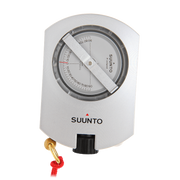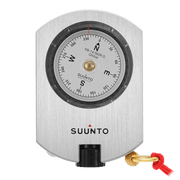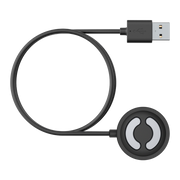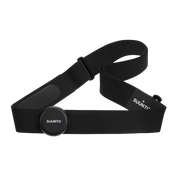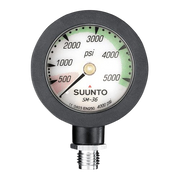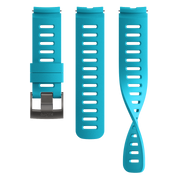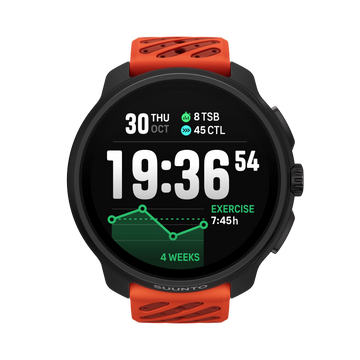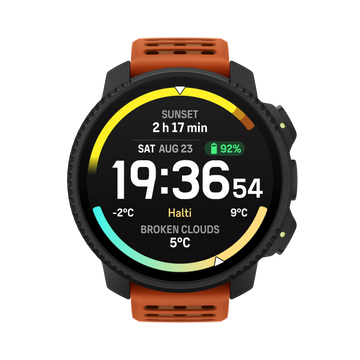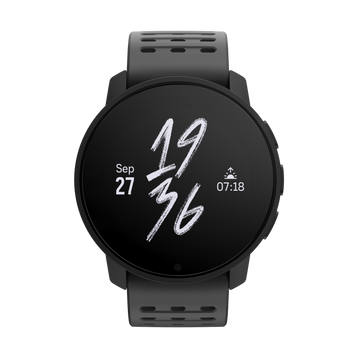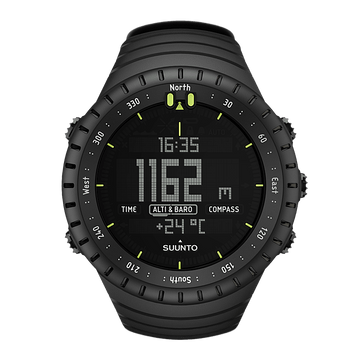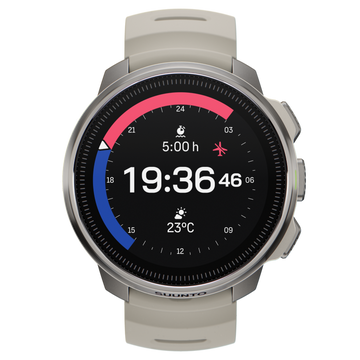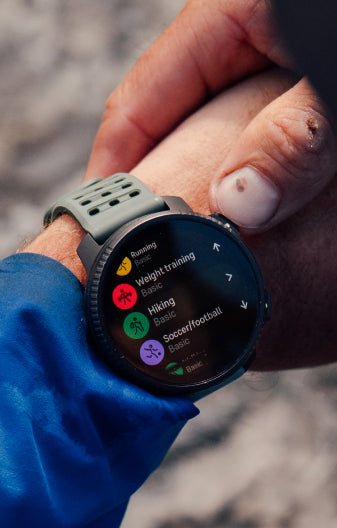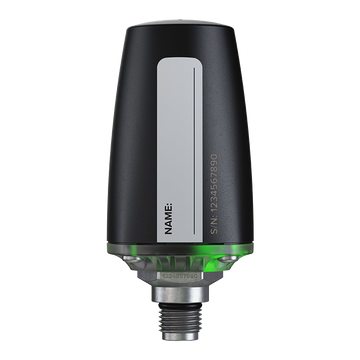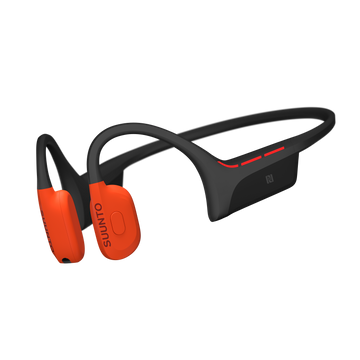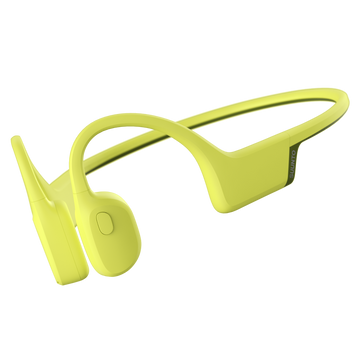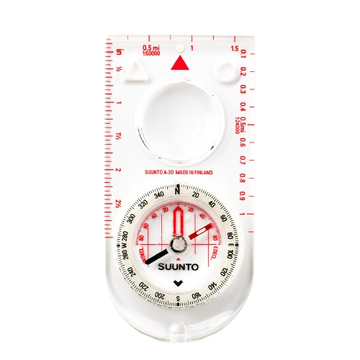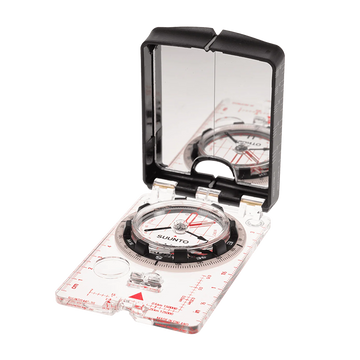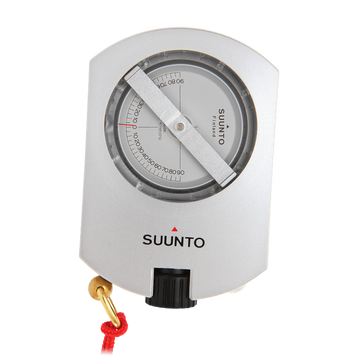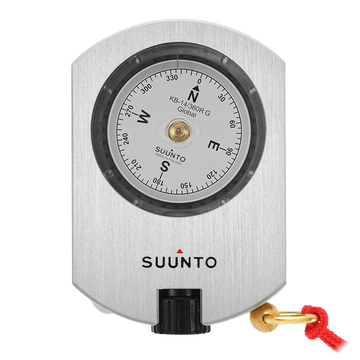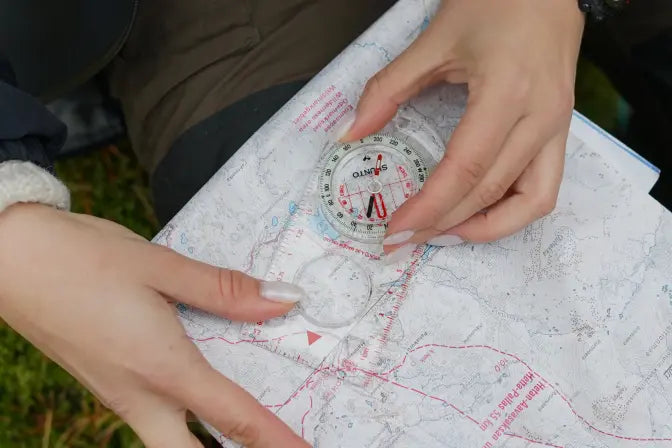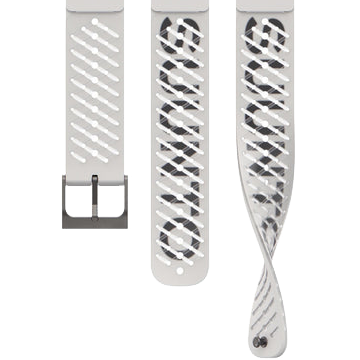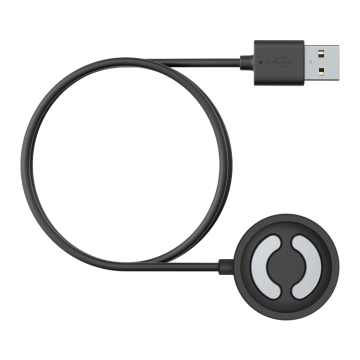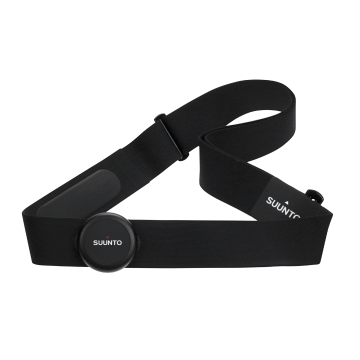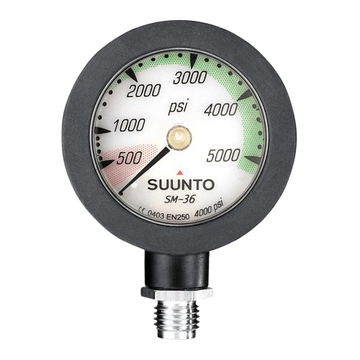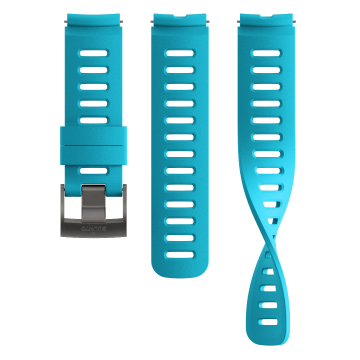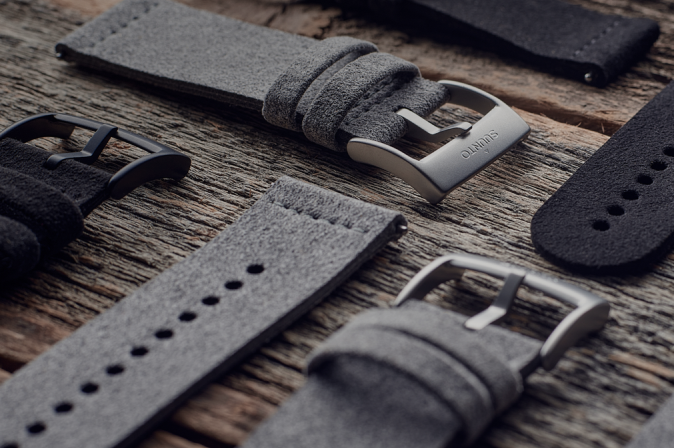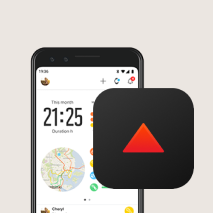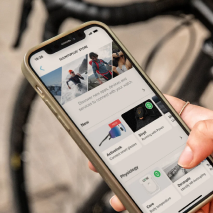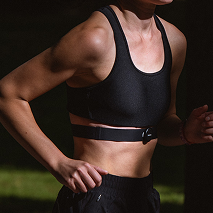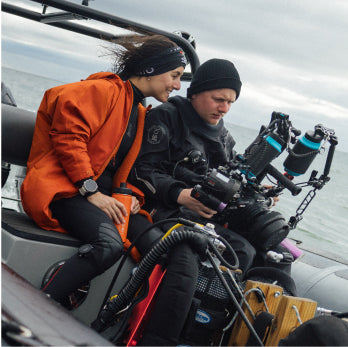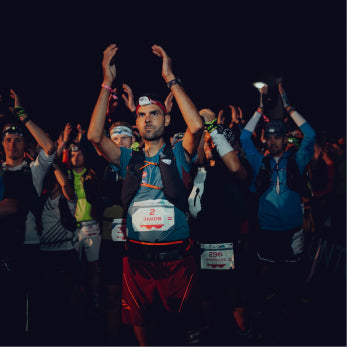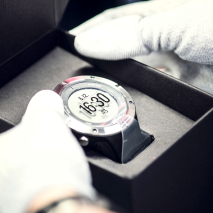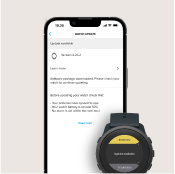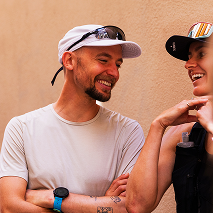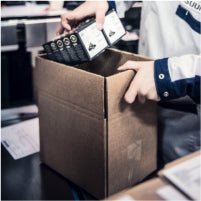

Suunto-blogg
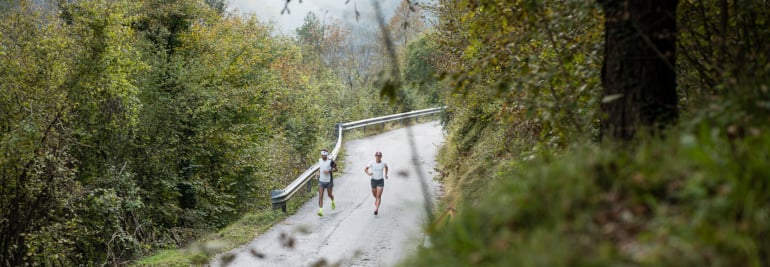
7 tips for running in the rain
Ben demonstrates the classic running in the rain face. © Ben James
After a long day at work the last thing most of us look forward to is getting drenched to the bone out on a run, especially during winter. Not so for Ben James, a Suunto athlete, who seeks out adventure in miserable conditions.
Growing up in Cornwall, England, known for its Atlantic weather fronts, the outdoors was Ben’s entertainment. He began with navigation courses, then camping, hiking, mountaineering and eventually ultra running. On trips to remote and rugged corners of Scotland, he discovered he enjoyed both the remoteness and harsh conditions. Since then, it’s been his thing.
“I realised I enjoy the cold, miserable stuff more than anything else,” he says, laughing. “So I started to do trips abroad in the cold. I was in Iceland in January doing a winter crossing. It was really unlucky timing. We ended up with the four biggest storms they've had in however many years. We got absolutely hammered. It was fun.”
If you’re shaking your head, we feel you. If it makes it any better, Ben admits to occasionlly wimping out of runs just because it’s raining. But there is something to be said for accepting the challenge and heading out and getting wet. Read on for Ben’s four reasons you should embrace it, and three tips to do it well.
“If you’ve run in the rain once, it’s a badge of honour,” he says. “After that you’re basically semi pro!”
Click to learn about 8 tools for tracking the weather with Suunto
Some rainy day runs turn into something magic. © Ben James
It makes running at other times easier
“The hardest thing about running is the motivation to go and do it,” Ben says. “Especially when you’ve had a busy day at work, and you come home and don’t want to go back out again. When it’s raining even more so. In winter it’s already horrible, dark, cold, wet. But if you can pick yourself up and push yourself to go out in the rain and in the dark, then every other run becomes so much easier to do.”
The extra runner’s high
“The additional challenge of heading out in the rain in some ways makes it more rewarding,” Ben says. “If I go out in horrible conditions I tend to feel a lot more alive. When you come back in, have a hot shower and warm up you get an extra runner’s high.”
Embrace it
“If you’re comfortable with it and don’t mind getting wet then it doesn’t limit you as much,” Ben says. “If you go out nervous about getting wet, and you’ve packed all your waterproofs, from the start you’re already weighed down. If you’re happy to go minimal and embrace whatever is thrown at you, it’s more liberating. Then you’re less likely to shy away from it.”
Prepares you for race day
“If it’s raining I just suck it up and stick to my plan,” Ben says. “Because ultimately if you’re going to go do a race or a trip, chances are the weather might be rubbish. It’s good to experience training in the same conditions that you might have to run in.”
Set yourself a weekly running target
“Knowing you’ve got to reach that target, there are only so many times in the week you can skip your runs,” Ben says. “To meet the target you’ll eventually have to run in the rain. Once you do it a couple of times, you’ll discover it’s actually quite enjoyable because of the extra endorphins you get from it. That itself encourages you to go out and just do it.”
Adapt when necessary
“If it’s really bad and blowing a gale as well, and you get battered, then there’s nothing wrong with adapting, changing your route, maybe heading inland, and doing some speed work along flatter trails, or doing some hill reps,” Ben says. “That way you can keep it short and intense.”
Ditch all the wet weather gear
“I’ve never worn any waterproof trousers or leggings,” Ben says. “I’ve always stuck with shorts, a t-shirt and a waterproof coat because as you get moving you warm up anyway. It also encourages you to keep going because if you stop you’re going to freeze. It’s good motivation!”
Lead images:
© Philipp Reiter
© wisthaler.com
Read more articles
8 tools for tracking the weather with Suunto
Get key info at a glance with the new Outdoor watch face
7 tips for running in the dark
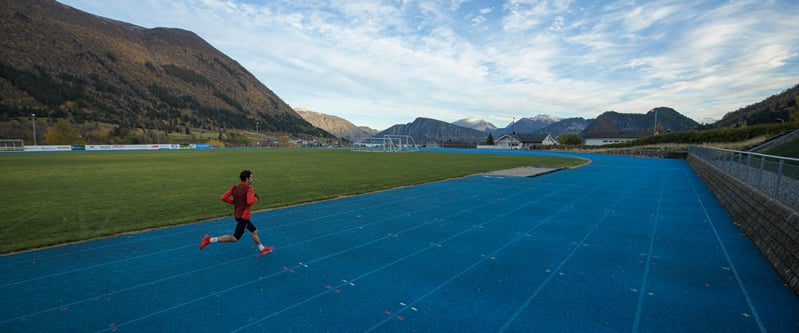
Kilian Jornet takes on 24-hour running challenge
Transcendent Spanish mountain athlete Kilian Jornet, who climbed Everest twice in one week, is testing his legendary endurance prowess against an entirely different kind of challenge.
Coming up this November, Kilian will step onto a kind of terrain that he’s unaccustomed to – a pancake flat 400 m (¼ mile) track – and run for 24 consecutive hours in a pair of Salomon’s new S/LAB Phantasm road running shoes. For the 33-year-old, who has won elite races all over the world and in four categories – trail, ultra, vertical, and skimo – the Phantasm24 running challenge will push him out of his comfort zone, something he looks forward to.
“The motivation is to try different things and see what I am able to do, whether that is climbing at high altitude or, in this case, running on flat ground,” Kilian says. “It’s fun to discover different things I can do, and training on the flat is a good test and an opportunity to learn in terms of nutrition and pacing, and then try to apply those things to different activities, like even mountaineering projects.”
Follow the event live starting at 10.30am CET on November 27, 2020
Going up against the Greek
Kilian will track his progress and split times with his Suunto 9 GPS sportwatch to determine how he is performing against the times of Greek ultramarathoner Yiannis Kouros, who holds the record for the greatest distance run in 24 hours (303.506 km / 188.590 miles). While Kilian, true to form, won’t make any bold and brash predictions, we know that whenever he presses “start” on his Suunto 9 GPS watch amazing things tend to happen.
“I’ve seen Yiannis’s split times so I want to keep up with that as long as I can,” Kilian says. “I know the speed I will need to keep every hour, and the pace for every kilometer and every lap. The first 10 hours will be a bit faster and then slowing every hour after. The big thing is to not have any muscle problems and be able to eat without having big down periods.”
Preparing the body
Physically and mentally accustomed to running elite mountain races like Ultra-Trail du Mont Blanc (UTMB), Hardrock 100, and Western States 100, Kilian has sought out expert advice from coaches and physios to prepare his body for the repetitive motion of running on the flat.
“It’s mostly working on the speed because my legs aren’t used to moving this fast,” he says. “To prepare, I’ve been doing three days of speed work each week at the track or on roads. The form you run with on the flat is very different from how you run in the mountains, where you run higher because you pass over obstacles and put your feet in different places as the terrain changes.”
Kilian was forced to delay the 24-hour attempt in recent weeks due to muscle injuries that presented prior to his first 10 km road race, the famed Hytteplanmila race in Norway, which he finished in 29:59 in mid-October.
“The training has been a bit frustrating the last few months going from injury to injury to injury,” Kilian says. “I have had good blocks of training and then I would have an injury and have to rest. After the 10 km race, I had to stop training to rest an injury. Since then, the plan has been to do one good week of training and see how my body feels, then rest the muscle tissues and recover for the attempt.”
In his 24-hour attempt, Kilian will wear Salomon’s new S/LAB Phantasm, a super lightweight road racing shoes that will be released in the spring of 2021. He has been using the shoe for several months during his track and road running training sessions. “I tested the prototypes of the S/LAB Phantasm a year ago and now I’m using the same shoe that will be available in spring to the public,” Kilian says. “It’s a light, very reactive and well-balanced shoe with good cushioning, which is important when you are doing longer training on hard surfaces.”
Add the date
The 24-hour running challenge will be held in Måndalen, Norway, starting on Friday, November 27 at 10.30am CET. Fans will be able to watch the challenge via a live feed at www.Salomon.com/phantasm24. A web series previewing Jornet’s preparation will appear on Suunto and Salomon social media in the days leading up to the event.
Suunto will serve as the official timekeeper of the Phantasm24 challenge.
All images: @vegardphoto
Read more articles
Kilian Jornet starts initiative to protect mountain ecosystems
Six ways to plan a route for your next adventure
8 tools for tracking the weather with Suunto

Five Adventure Starter Packs up for grabs!
If you love adventure like we do we want you to show it by sharing an awesome image from one of your recent trips on Instagram. Share your adventure pride, and you have a chance to get kitted out for your next trip: we have five Adventure Starter Packs to give away, each worth over 1350 euros!
Each starter pack includes a Suunto 9 GPS watch, an Arcteryx Alpha AR 20 backpack, an Insta360 action camera, a Jetboil portable stove and Oakley Clifden sunglasses. You’ll be ready to hit the trail!
How to enter:
1. Post an adventure image with text explaining what your best outdoor adventure has been or what your dream outdoor adventure would be. 2. Tag #adventurestartshere and #suunto, #arcteryx, #insta360, #jetboil, #oakley in your copy text. 3. Follow @suunto We’ll choose the 5 most inspiring posts among those tagged with #adventurestartshere plus #suunto #arcteryx #insta360 #jetboil and #oakley, and send the adventure gear their way soon after. Contest ends on November 23 at 8 am GMT. The most inspiring posts will win. Good luck! Terms and conditions apply. Read them here.

Watch this new adventure film about the folly of building walls
Local runners came and joined the team as they ran through different areas. © Philipp Reiter
To celebrate the 30th anniversary of the fall of the Berlin Wall, eight runners from Germany and Austria ran the 1400 km barrier that divided east and west Germany for 38 years.
The eight day relay run happened in November 2019 and now the team has released the documentary, which looks at both their journey, and the tragic history surrounding the wall.
They began in the south-east of Germany and ended in the north on the Baltic Sea. All along the way they encountered the still visible remains of the once militarised zone that west Germans once called “the death strip” because so many east Germans were killed while trying to escape across it.
All coming from Germany and Austria, the experience turned what was previously a vague sense of their own history into something real, moving and also rousing. Each runner felt the importance and urgency of defending democratic institutions, freedom and truth.
“There’s not a lot of the wall left, it was taken down,” says organizer, mountaineer, and film maker Philipp Reiter. “This really got me thinking that now it’s about taking down the walls that are in our heads, in everyone’s heads. It’s not about east or west anymore, it’s about all the things that get stuck in our minds and steal our personal freedom. All these things that stop us from being happy and being free.”
Watch their journey below.
Lead images:
© Philipp Reiter & Nicolas Holzmeyer
Read more articles
8 tools for tracking the weather with Suunto
Know your species of cloud
This relay run shows we are stronger together
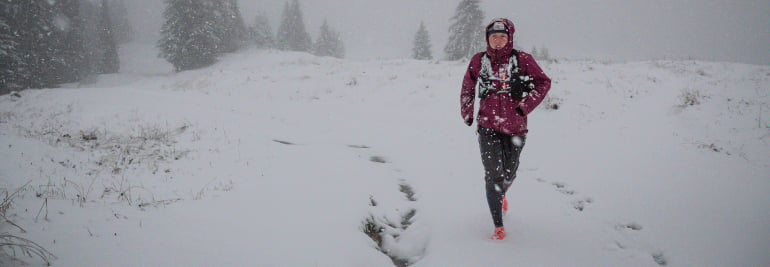
8 tools for tracking the weather with Suunto
The weather is more than just a topic for small talk for outdoor people. It can directly impact our safety, or less dramatically, the awesomeness of an activity or adventure.
How many of you have ever been caught out by an April snowstorm when you were up in the mountains? Or how about running out of light before you made it to shelter or back to the road end? These can sometimes be alarming experiences. The good news is Suunto has solutions for these scenarios and more. Read on for some of our tools for weather intel.
© wisthaler.com
SuuntoPlus Weather
Whether you’re out hiking, trekking, ultra running, climbing or mountain biking, it’s wise to track the weather and environmental changes. That way there will be no unpleasant surprises. The Weather insights SuuntoPlus feature on Suunto 9 Baro helps you to do just this. It gives you a heads up on the conditions while you’re out there.
A combination of functions – storm alarms, temperature readings, barometric trends, sun and moon phases and more – give you the intel you need to make smart and safe decisions in the outdoors. Here’s an overview of the weather insights you’ll get:
Sunrise / Sunset
The upcoming sunrise or sunset, depending on which is next. This tells you when to pack up and get going, for example, or how much daylight you have left to finish your activity for the day.
Temperature
Take your watch off to avoid your body heat skewing the results, and place it on something to get an accurate temperature reading.
To get a water temperature reading, place it underwater (below 10 cm/ 4 inches). After you remove the watch the temperature is shown for 30 seconds, and is indicated with a separate temperature icon.NOTE: Measuring the water temperature will affect the ascent/descent values as these are pressure based.
Estimated time of arrival (ETA)
If the estimated time of arrival goes past sunset, it will be shown in red. This gives you heads up on how you are doing for time, whether you need to speed up or have enough slack to cruise.
Barometric trend and storm alarm
The barometric trend is shown on the bottom of the screen, with the current barometric value. The Suunto storm alarm is automatically shown if the pressure drops 4 hPa (0.12 inHg) or more during a three hour period.
Oxygen level
If you are above 2000 m (6 561 ft) your watch will give you a reading on the oxygen % compared to sea level.
Read how to use Weather on your Suunto 9 Baro here.
New outdoor watch face
The new Outdoor watch face on Suunto 9 and Suunto 5 gives you a heads up at a glance. No need to press any buttons; basic info is displayed right on the face in bright colours, including – depending on your watch – sunset and sunrise times, barometric trend, and more. Read more about it here.
MyRadar
Get sophisticated weather forecasts on your Suunto 7 with MyRadar, a free Wear OS app. MyRadar has two components; conventional weather forecasting and also an impressive high definition radar display of your location with time lapse shots of the weather fronts moving around your location, as these two pictures illustrate.
The weather forecasting offers hour by hour updates, lightning and weather alerts, precipitation predictions, and conventional daily and hourly forecasting. The high definition view and the accuracy of MyRadar has made it the go to weather app for many outdoors people.
Get the app here.
Klimat
This cool little service automatically adds the weather conditions from the beginning of your activity to your training log. No need to install anything on your phone; just sign up online and you’re in business. It allows you to look back and see when you braved the rain, or were out in that last horrendous storm.
You can choose the data and style, including emoji preferences, set the format and label it according to your purpose or aim. For an extra $5 a year, you get everything the free membership offers, plus some useful additional features such as air quality data, location info, and the removal of branding.
Start using Klimat here.
Sunrise and sunset alarms
This helpful feature gives you alerts when sunrise or sunset is approaching Photographers and fishermen, for example, won’t miss the golden hour again! For Hikers, climbers and trekkers, an alarm will tell you when the sun is rising so you know it’s time to pack up and get going. Conversely, an alarm lets you know when sunset is coming, telling you how much daylight you have to play with before finding shelter.
The alarms in your Suunto 9 and Suunto 5 are adaptive alarms based on your location. You decide when the alarm goes off, depending on how much in advance you want to be alerted before the sun rises or sets.
Set Sunset/sunrise alarms in Settings -> Alarms. Learn more about alarms on Suunto 9 here and alarms on Suunto 5 here.
Storm alarm
A significant drop in barometric pressure typically means a storm is coming and you seek shelter. When the storm alarm is active, your Suunto 9 Baro sounds an alarm and displays a storm symbol when the pressure drops 4 hPa (0.12 inHg) or more during a three hour period.
Activate Storm alarm in Settings -> Alarms -> Storm alarm. Learn more about storm alarm on Suunto 9 Baro here.
When your storm alarm sounds, pressing any button dismisses the alarm. If no button is pressed, the alarm notification lasts for one minute. The storm symbol remains on the display until the weather conditions stabilize.
Moon phases
In addition to sunrise and sunset times, your watch can track moon phases. Based on the date in your watch, this feature is particularly useful if you plan to be moving at night; it will indicate how much moon light you can count on for visibility. The moon phase is available as a view on the Outdoor watch face of Suunto 9 and Suunto 5 mentioned above. Tap on the screen to change the lower row until you see the moon icon and percentage.
Outdoor insights
Suunto 9 Baro constantly measures absolute air pressure using its built in pressure sensor. This sensor plays a key role in determining barometric trends, storm alarms, temperature and more. Based on this measurement and your altitude reference value, it calculates altitude, or air pressure.
Swipe up or press the lower button to view the Outdoor insights including current altitude and barometric pressure, the current temperature and the altimeter and barometer trend graphs. To see barometric trends on a Suunto 7, you can use the Baro Trends Wear OS app.

Get key info at a glance with the new Outdoor watch face
The new Outdoor watch face for the Suunto 9 Baro, 9, 5 and 3 watches allows users to track conditions and daylight hours with just a quick glance. No need to press buttons or scroll – the essential info is presented on the screen.
Suunto UX designer Jeanette Lau supported the development and says the motivation behind the watch face was to support users with their adventure planning. “We wanted to inspire and equip users for their outdoor adventures,” she says. “We conducted some research and we learned many of our users felt as if there wasn’t enough time in the day and wanted to know what the conditions were before embarking on their adventure.”
Click to learn about 8 tools to track the weather with Suunto
For all of the above watches, the Outdoor watch face features a sun gauge that displays the number of night and daylight hours before sunrise and sunset. Tap the screen once, and the watch face displays the number of hours until sunset or sunrise, plus the battery life remaining, or the moon phase, which is helpful because on a full moon night you know you’ll have extra light to stay out a little longer.
“Most of the time we feel as if there isn’t enough time in the day,” Jeanette says. “But with this watch face, I can see exactly how much time I have for a run before the sun sets without having to do the math myself.”
On the Suunto 9 Baro
On Suunto 9 Baro watches – which have a barometer – the Outdoor watch face also displays an air pressure gauge along with current altitude. With two taps on the screen, a more detailed screen appears, displaying the barometric trend and, once they are 2000 m or higher, the oxygen percentage.
On the Suunto 9, Suunto 5 and Suunto 3
Rather than extra barometric info, on the Suunto 9, 5, and 3 watches, the Outdoor watch face includes a steps gauge that quickly tells users where they’re at with their daily step goal and how many calories they have burned.
To get the outdoor watch face on your Suunto 9 Baro, Suunto 9, Suunto 5 or Suunto 3, make sure you have the latest software version on your watch and then enter the watch face selection in your watch settings and choose the newly loaded face.
Read more articles
8 tools for tracking the weather with Suunto
